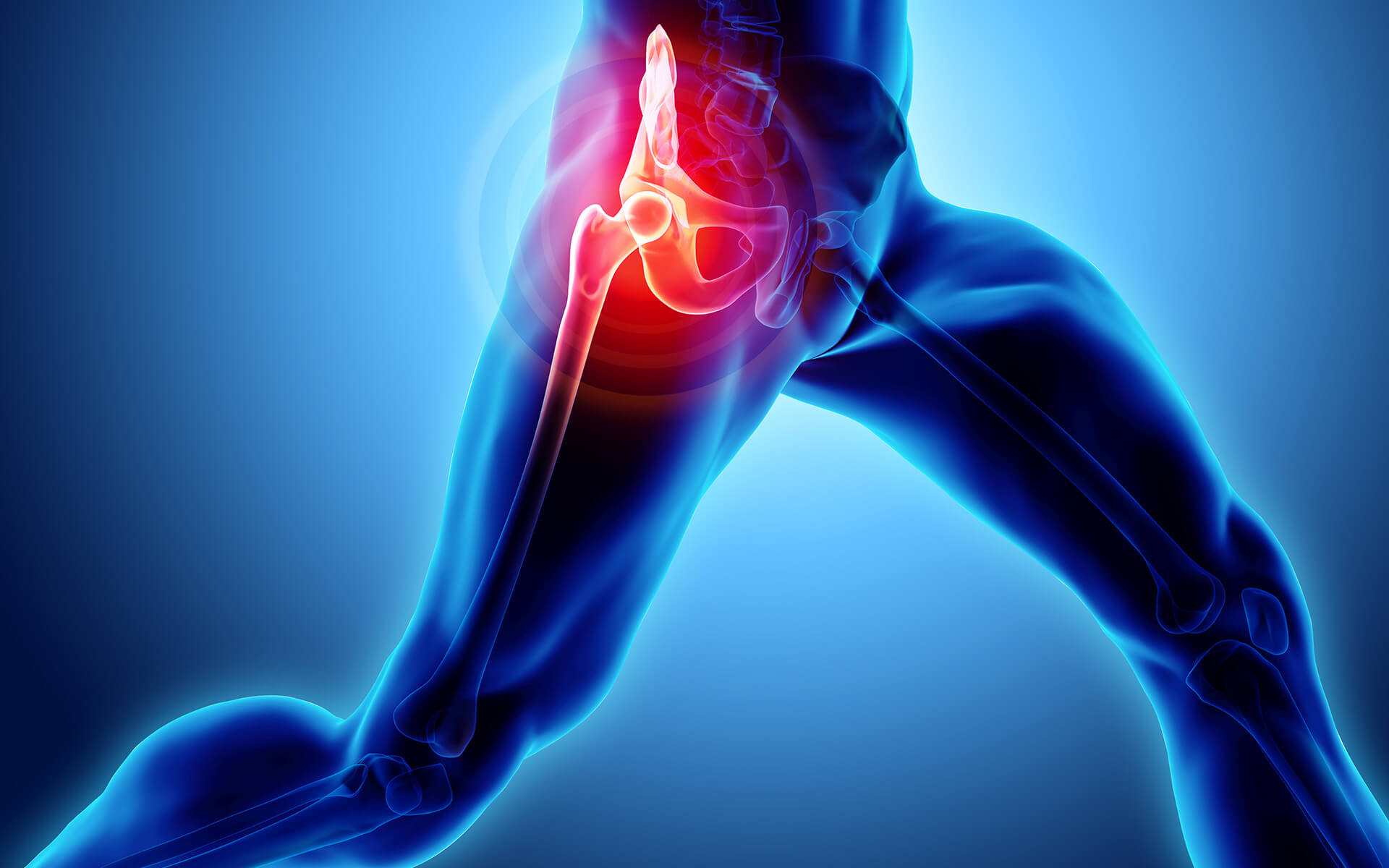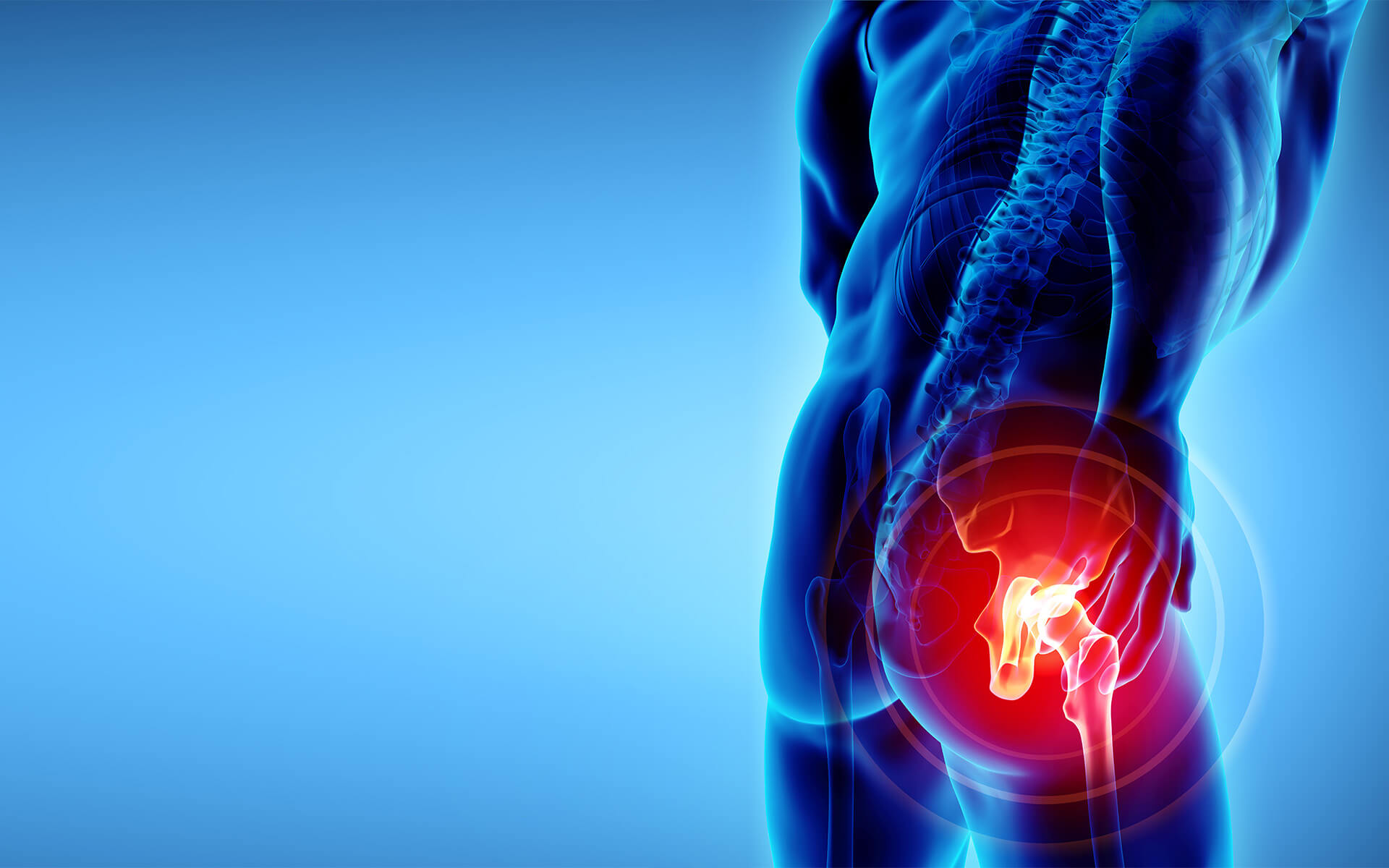A healthy joint utilizes a harmonious combination of bones, tendons, articular cartilage, and synovial fluid to support frictionless movement and absorb the shock of regular and exertive activities. Through general wear and tear or due to trauma, these components can become compromised, creating a slow or exponential decline in joint health and functionality.
In the case of avascular necrosis, blood flow has been severely slowed, or blocked to a given area of bone tissue. In a matter of months or no longer than two years, this condition will progress to the point of total bone death without medical intervention.
Patients can experience relief from their symptoms and delay the progression of AVN with a few different procedures. That said, with the severity of the condition and rapid nature of its progression, we recommend that patients consider a treatment option that thoroughly addresses the root cause of AVN, blood supply. Additionally, for patients in the post-collapse stages of AVN (Stages 3 & 4), the only treatment option available is total joint replacement surgery. The treatments for AVN are as follows:
- Medication - Nonsteroidal anti-inflammatory drugs, cholesterol-lowering medications, blood thinners, pharmaceuticals that expand the blood vessels.
- Lifestyle changes - Changes to diet and exercise routine to reduce fat and cholesterol intake and promote better blood flow to the affected joint.
- Core decompression - Drilling a hole into the affected bone and removing dead tissue. This reduces pressure on the remaining bone tissue and improves blood flow. The results of core decompression for AVN are variable. Patients may experience immediate relief and some regression of the disease, but aggressive AVN cases will likely require additional treatment.
- Free vascularized bone graft - This procedure includes core decompression, with the addition of a bone graft from the patient to provide further stability of the joint. Infection, chronic pain, and nerve damage are possible side-effects of a bone graft.
- Joint replacement surgery - Partial or complete replacement of the affected bone tissue with metallic and/or plastic components. Patients may experience sustained relief, but with the potential for infection, recalls, and deterioration of the replaced joint.
- Stem cell therapy - Stem cells have shown significant promise in their ability to regenerate damaged or dead body tissue. While current research is promising for the use of stem cell injections in treating severe, chronic conditions like AVN, further studies are required before a conclusive treatment is established.
- Free periosteal core decompression - Core decompression involves the drilling of a hole in the affected bone to create room for the surgeon to remove dead bone and cartilage. This procedure results in the relief of pressure placed on the bone.



-1.jpg)

